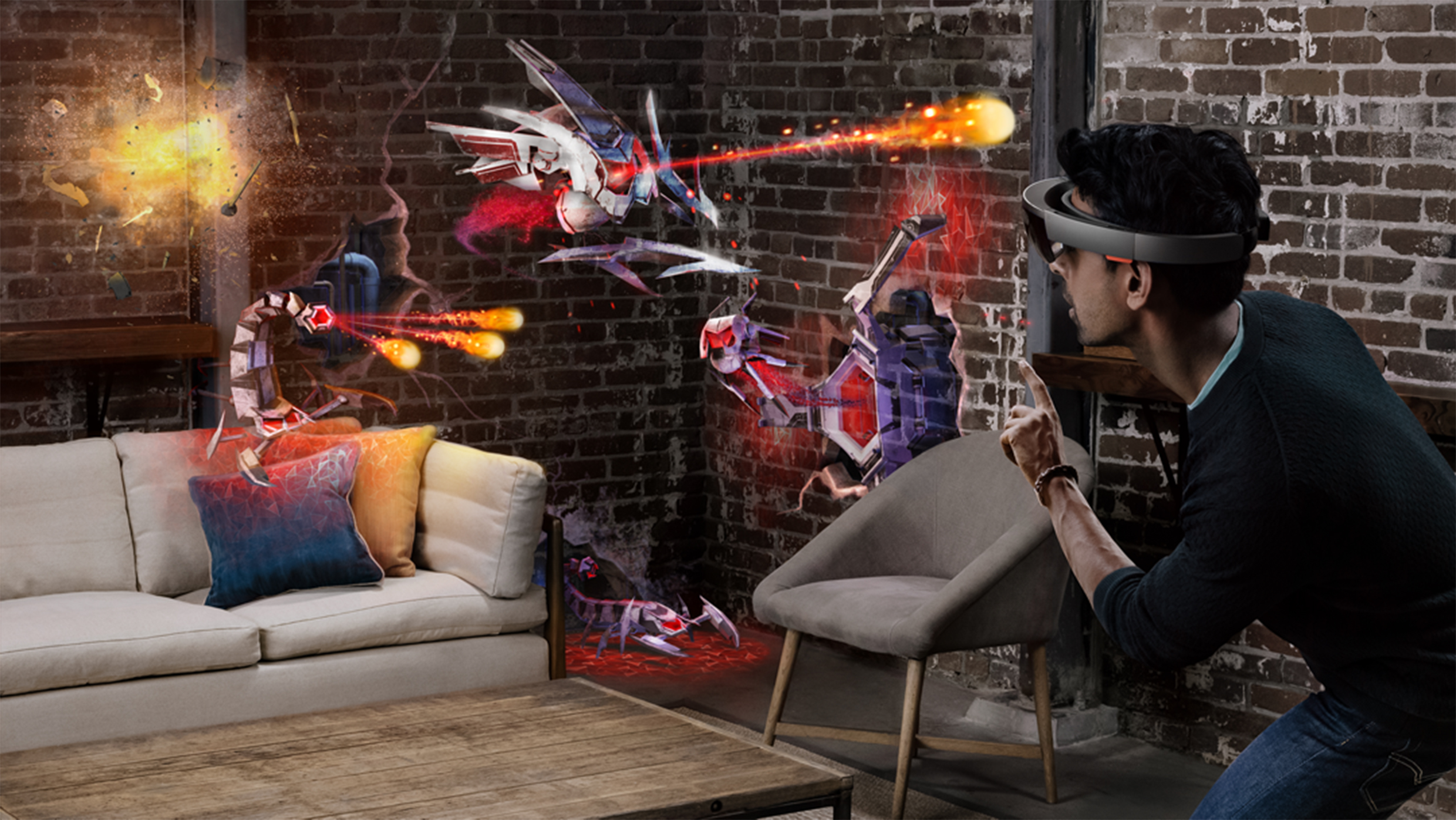Selfies with glowing corals and other awesome things to do at the Royal Society’s science exhibition
See what’s happening in the world of cutting-edge research.

Scientists from far and wide have gathered to show off their most exciting research and experiments at this year’s Summer Science Exhibition in London.
Organised by the Royal Society, the displays feature cutting-edge science – from heart research to wonders of the sea and space and, not to mention, glow-in-the-dark corals.
Here are some of the most exciting exhibits you might want to check out at the six-day event.
Take a selfie with glow-in-the-dark corals
The marine world is populated by vast numbers of species that we never get to see from terra firma.
But thanks to researchers from the University of Southampton and the Coral Reef Lab, you can explore the fluorescence of corals, anemones and bio-engineered bacteria that produce glowing coral pigments.
You can even make your selfies extra special by covering your face in fluorescent paint and posing next to the glowing corals.
Hold your beating heart (well, sort of)
Ever wondered what your beating heart feels like? At the exhibition, you can hold a soft, robotic version in your hands that beats in time with your own heart.
And if that stokes your interest, you can also find out more about what makes your heart beat and what a healthy heart should look like, along with many other interesting nuggets of information.
Remotely control a car powered by a hydrogen fuel cell
If cool cars are your thing, then you can find out more about how scientists are using solar energy to work on alternative fuel sources.
And if you are lucky, you might just get to operate a car powered by a hydrogen fuel cell (that works by splitting water into hydrogen and oxygen) or race two cars – one powered by a solar cell and another one powered with a hydrogen fuel cell – and see which one wins.
Find out how dinosaur footprints are helping forensics research
The software being used to analyse prints on fossils belonging to ancient humans and dinosaurs can also be applied to the evidence left in crime scenes to help the police learn more about the suspect.
You can even scan your own shoes and the researchers will be able to tell you how much you weigh, how tall you are and what your normal walking speed is.
See a demo of a miniature Ligo detecting gravitational waves
Two years ago, scientists made a ground-breaking discovery that was predicted by Albert Einstein more than a hundred years ago: gravitational waves.
The waves were first observed in 2015 with the help of a device called the Laser Interferometer Gravitational Wave Observatory (Ligo for short).
You can recreate the experiment in the miniature Ligo and learn more about how gravity warps the fabric of spacetime and how black hole collisions send ripples across the cosmos.
Check out the plasma globe
Plasma globes are not only cool to look at, they are great fun.
Head over to the Make a Supernova exhibit and watch how the scientists conduct electricity with their hands.
Plasma globes are able to transmit electricity wirelessly so it’s like creating your own personal bolt of lightning from the electrode to your finger!
Interact with holograms using a HoloLens device

Looking like something straight out of Minority Report, the headset is basically a personal computer – but with no wires or constant connection to a PC or laptop needed.
The queues are quite long for this so plan early and make sure you have enough time on your hands.
The Royal Society’s Summer Science Exhibition runs from July 4 to July 9.





